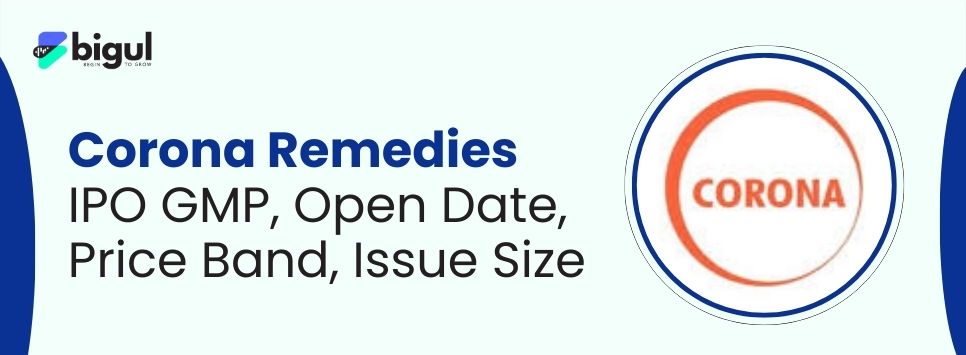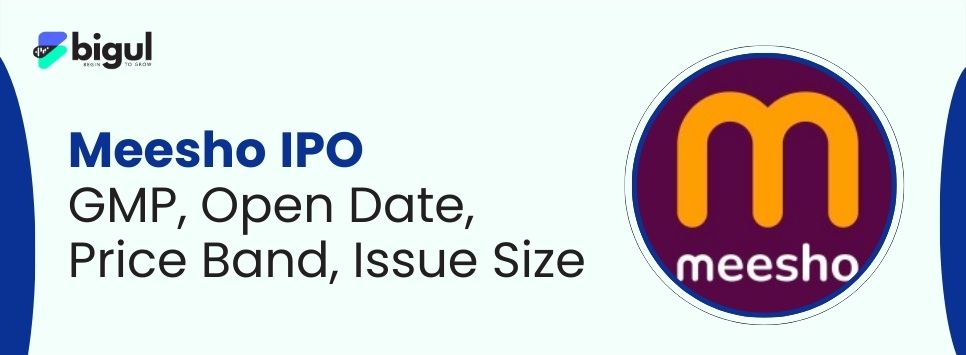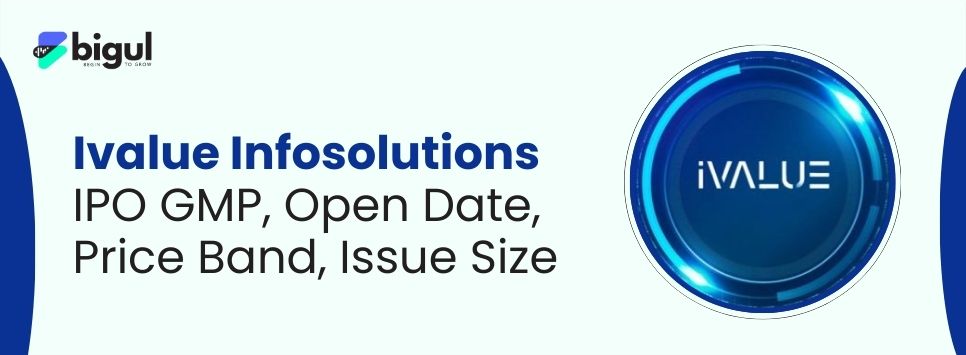A basic product or raw material that can be bought and sold in markets or exchanges is known as a commodity. What differentiates commodities from other goods is their fungibility—a characteristic that denotes a commodity product unit as intrinsically the same and interchangeable with another product unit from other suppliers based on producer or source, given a commodity meets a specified quality level or grade.
These raw materials function as vital inputs for more complex services and products. Due to their homogeneity, commodities are able to be traded effectively and in bulk via international exchanges (and in larger bulk on commodity exchanges). Global trading of commodities makes prices sensitive to supply and demand forces, but not to brand name or the name of particular producers. This pricing mechanism makes commodities key economic indicators and essential instruments for physical trade and financial markets.
What are the types of Commodities?
Commodities are graded and segregated in terms of their source and whether they're natural products or farm products. On a very broad level, we can understand commodities are a two-part framework: Hard Commodities and Soft Commodities.
Hard commodities are natural sources received by way of mining or extraction from the earth. Hard commodities include all types of metals and energy products used in the construction, manufacturing, and power generation industries. Commodities are typically based on political developments, supply scarcity, and industry demand. Platinum, gold, copper, and silver are metals. Energy commodities consist of crude oil, natural gas, coal, and fuel. Commodities are also non-perishable, can be stored, and can be shipped in bulk.
Soft commodities are agricultural products or livestock such as animals and plants. Soft commodities are agricultural or livestock-based products, which are grown or raised as opposed to extracted. These include grains like wheat, rice, corn, soybeans, coffee, cotton, and sugar; livestock includes live cattle, feeder cattle, and pork. The price of soft commodity can be indicated to be becoming vulnerable with short-term disruptions due to season and climatic conditions, which is accordingly increasing volatility significantly.
How Commodity Markets Work?
The commodity market is of two types namely (i) the spot market and (ii) the derivatives market.
The spot market is where you trade a commodity to be exchanged and delivered right away. Buyers and sellers negotiate to arrive at the terminal price that day and settle upon payment without delay (usually within a couple of days). This marketplace serves organizations desiring raw substances in a hurry, such as refineries purchasing crude oil or food processors buying grains. Physical commodities need prices that change in real time, based only on current demand and supply.
The derivatives market
The derivative market is concerned with contracts that set prices for specified commodities to be delivered sometime in the future, which may also be cash-settled. Both buyers and sellers are helped by these contracts to handle price risks. Liquidity in the markets is given by hedging and speculation, and facilitating price discovery—what the market expects in terms of future supply and demand.
Commodity Exchanges
Among the most well-known trading platforms are the Chicago Mercantile Exchange (CME) and the Multi Commodity Exchange. They offer a regulated market. They offer a clean trading process, assure that contracts are standardized, impose settlement procedures, and provide assurance regarding the integrity of the market.
What are the Type of Commodities Trading Participants?
Various types of traders, as mentioned below, deal on the commodity markets that render these markets efficient, liquid, and balanced:
Hedgers
Hedgers are physical consumers or producers of commodities who utilize the markets to hedge out negative price movement. They want to save themselves from changing prices. A farmer who produces wheat may sell futures contracts before harvesting in order to establish the price at which he will sell. An airline will purchase futures to hedge against fuel prices and safeguard itself. Hedgers stabilize the market and ensure certainty about cost or revenue.
Speculators
Speculators engage in buying and selling with the purpose of profiting from price changes without proceeding to take physical transport of the commodity. Their trades are based on market expectations, attempting to buy low and sell high, or vice versa. They provide important liquidity and help in price discovery.
Arbitrageurs
Arbitrageurs make their profits by taking advantage of temporary price differences between the same good on different exchanges, a contract expiration, or a geographical market. If gold is at 3,000 dollars on one exchange, but 2,998 on the other, arbitrageurs will buy on one and sell on the other. They use advanced computer software and fast systems. Their operations help keep pricing effective.
Intermediaries and agents
Brokers are regulated intermediaries who execute trades and possess market understanding and provide platforms. They comprise futures Commission Merchants (FCMs), clearing houses, and buying and selling floors that provide buyers and sellers collectively. They provide advisory, research, and compliance offerings. Any potential market facilitator must have the ability to assure users their transactions are "timely," "clear," and "safe."
What Influences Commodity Prices?
Commodity prices depend upon supply and demand. Other forces can affect price movement and create a trickier environment for price discovery.
Large And Small Elements That Cause Price Variations
-
Geo-political forces: Political problems in larger countries can affect global trade. War, civil unrest, or sudden and new government regulations can delay shipping and increase overall costs. This is primarily prevalent in the high-volume consumable goods and producers. A disturbance oil-generating estate, limits crude oil delivery, increasing crude price.
-
World economy: Demand will usually go up when the financial system has sufficient strength and higher demand generally follows increased consumption; but demand will decline while the financial system is declining or interest rates grow.
-
Weather variables: Numerous forms of negative weather such as storms, droughts or flooding destroy vegetation and subsequently reduce supply, which ends up in higher costs.
-
Futures Contracts: Futures prices are established by the anticipated future supply and demand. Futures trades are forward-looking and assist in forming a consensus about future prices and are considered instruments of price discovery.
-
Commodity Exchanges like MCX: Offer a transparent, regulated, and efficient opportunity for participants to engage in trading activity.
Supply and Demand
When there is a sudden increase in demand due to some impact for commercial purposes, prices can surge, mostly in the short term. Supply can also impact prices suddenly due to interruptions in production, transportation, or shortages in supply. For example, during periods of stock market uncertainty, people turn to gold for a safe investment as demand for gold increases.
Global Factors and Geopolitical Considerations
Warfare or political uncertainty in major producing regions can disrupt markets and change prices immediately. Commodity prices are also influenced by economic relationships between countries in our globally interlinked world. A good example was the Russia-Ukraine conflict, which imbalanced the supply of oil, gas, and wheat in 2022 and subsequently increased prices significantly.
External Factors Affecting Production
The supply and prices can be affected by severe weather conditions, such as early rains, floods or droughts that cause damage to crops. If energy, fertilizers, or labour prices rise, the cost of a commodity production also rises. Buyers are charged more for goods due to the heightened production cost. They are generally safer than many other investments. In times of financial uncertainty, people tend to invest in assets such as gold and silver.
Speculative Demand and Derivatives
Trading. Speculators, who anticipate price direction, frequently utilize futures contracts. This is the case. When prices are expected to rise, buyers opt for long positions while sellers opt short in anticipation of a decrease. What is the reason for high prices? Spot prices are more likely to be followed as futures approach their expiration date, indicating price convergence. Increased speculative trading can result in greater short-term price fluctuations, facilitate the discovery of future market prices, and greatly enhance market liquidity
Market Outlook and Investor Sentiment.
A trope of investors during times of civil strife or inflation is buying gold and silver.
Differences Between The Stock Market And Commodity Market
-
What is traded: in the commodity market, the physical goods (like crude oil, gold, silver, and wheat) are traded. In the stock market, shares in companies (i.e. small pieces of ownership in a company) are traded.
-
Price Volatility: Virtually, the items are more volatile than stocks. International news, weather or a scarcity of goods, for example, can drive up prices in an instant. One can expect from stocks to be somewhat less volatile. Prices typically fluctuate on the performance of a company or industry.
-
Position of Influence (Leverage): Commodity dealers generally use a lot of leverage to put on trades, which means you can use a fairly small amount of capital to take control of a large position. This can induce greater gains, but also carry greater risk. Stock dealers generally use less leverage, so it can be a bit safer for most investors.
-
Purpose of Trading: Dealers in the commodity market are either hedging against price moves or trying to benefit from temporary trading opportunities. Dealers in the stock market are frequently concentrated on the long-term; earning dividends and/or benefiting from a company’s growth.
-
What Drives Price: Commodity prices are mandated by global supply and demand, geopolitical developments, weather, and production costs. Stock prices are driven by company performance, sector performance, macroeconomic state, and interest rates.
-
Settlement Type: Some commodity contracts may result in a physical delivery of the commodity but this is uncommon and the majority settle in cash, valued in the currency noted in the contract. When stocks are bought, ownership is recorded online.
-
Hours of Operation: Commodity market hours are generally longer, occasionally including night sessions, to account for the fact there are traders from around the world. Commodity markets are generally conducted on exchanges like the Multi Commodity Exchange and the National Commodity and Derivatives Exchange. Stock markets take place on generally accepted commerce that are public exchanges like BSE and NSE.
-
Taxation: Commodity trading can be taxed under Capital Gains Tax and Commodity Transaction Tax (CTT). Stock trading is taxed under Capital Gains Tax and Securities Transaction Tax (STT) and not CTT.
Surviving The Commodity Market: Challenging Situations, Assessment, And The Way To Get Commenced
The commodity market, trading in significant raw materials such as gold, oil, and wheat, offers distinct opportunities but has unique characteristics as compared to the stock market. Here is something you should know.
Most challenging aspects in commodity trading
Pay attention to these most challenging aspects:
-
Volatility: The price of commodities is volatile due to political instability, weather changes, supply and demand volatility.
-
Leverage Risk: Futures contracts offer the potential for high profits due to their leverage however, they can also contain inherent risk of such losses.
-
Complex dynamics: You must know international economics, supply chains and technical indicators to succeed.
-
Regulatory and compliance changes: Strategies are affected by changes in regulation and compliance, as the market requires flexibility in meeting regulations and enforcing regulatory policies, the learning curve is steep.
-
Speculative Impact: Increased speculation could distort prices and implicate effective risk management.
-
Storage and Delivery issues: Physical contracts involve logistics, storage, quality, and other considerations which do not get influenced in cash-settled contracts.
How to Begin Trading In Commodity Market?
Here is essential first moves—particularly in India—should you want to dive in:
-
First, you will want to educate yourself on the commodity fundamentals, market structures, and risk management. You can look up MCX.
-
For commodity trading, a broker, who is registered with SEBI, will have to be selected.
-
Open a commodity trading account and give PAN, Aadhaar, bank information, and sometimes income verification. Activate the commodity portion.
-
Fund your account. Deposit funds; futures contracts require margin-based trading.
-
Choose which items to trade (e.g., Gold, Silver, crude oil). Examine market trends before trading.
-
Test tactics without actual money using demo or paper trading accounts.
-
Start modest trading and usually use stop-loss and profit targets; abstain from making emotional choices.
-
If you want to enhance your plan through a plan of continual education and learning, continually monitor economic calendars, news, international trends and market data.
Conclusion
As the foundation of the overall economy, the commodity market deals in the raw materials that are essential to the survival of numerous industries and everyday life. The clash between supply and demand and other elements across the globe creates opportunities for speculation and profit-making. In the Indian markets, everything is highly regulated and run by open systems. To interface with this most important and dynamic market, a layperson must understand these market parameters at least on a rudimentary level.
Frequently Asked Questions (Faq) - Trading Commodities in India
Q1: Who can trade commodities?
Anyone who meets legal requirements; those with KYC completed and PAN cards may trade items. Eligibility extends to groups, businesses, and partnership firms as well. Hindu Undivided Families (HUFs) can take part. Non-Resident Indians (NRIs) can trade by following FEMA rules. Producers and consumers, like farmers and manufacturers, use the market to hedge against price changes. Speculators and arbitragers make money by using the market to make money from price changes or differences.
Q2. What roles do different market participants have?
Hedgers reduce price risk. Speculators seek to profit based on their assumptions of where they think the prices will go, not on the delivery and taking possession of the product. Arbitrageurs exploit price variations on different exchanges to enhance marketplace efficiency. Brokers are regulated intermediaries who execute trades and possess market understanding and provide platforms. Many exchanges that serve farmers or cooperatives use are regulated ones like MCX and NCDEX, which give a regulated platform that aims for transparency and liquidity. The markets are under the regulatory ambit of SEBI as also to keep the intermediaries in operation within the laws and while doing so also ensure the safekeeping of the investors.
Q3. What are the venues for trading in Commodities in India?
The trading in commodities is on regulated exchanges. The Bombay Stock Exchange (BSE) and National Stock Exchange (NSE) also have a section where commodity derivatives are traded in their markets. These can only be accessed by opening a commodity trading account with a brokerage firm that is registered with SEBI.
Q4. Which commodities are being traded?
In general commodities may be classified according to characteristics and functions. Gold, silver, and platinum are precious metals that are traded worldwide and are valued for their industrial uses and investment potential. The metals are sold globally for their practical and commercial benefits, in addition to their financial value. Agriculture encompasses the production of grains and pulse products, spices like turmeric and jeera, cotton, sugar, coffee, and oilseeds.
Q5: Are Demat accounts required for trading commodities?
The Answer is in the yes
Q6. What does a commodity trading platform do for your account?
The transaction of buying and selling is managed by it on your account. Although it does not contain any real products, it is utilized to manage your digital futures or options investments.
Q7. Is it necessary to deliver goods through physical means in Commodity trading?
The answer is in the negative. The profit or loss is settled in cash. However, if a settlement is held till expiry and is not cash-settled, physical delivery is possible, mainly for a few agricultural commodities.
Q8. Are risks involved in commodity trading ?
The answer is in the affirmative. Indeed, trading commodities bears enormous risks with respect to sudden price changes caused by world events and the mismatch in the volume of money available and the demand for goods.
Q9. Can commodities be traded legally in India?
Here also, the answer is in the affirmative. Commodities trade is legal in all respects in India. The commodity market, under the regulation of SEBI, ensures that investors' interests are protected and that the market is run equitably.
Q10. How is profit/loss calculated in commodity futures?
Profit or loss is basically is calculated by deducting buying price from the selling price and the figure arrived at is multiplied by lot size. For example, you might have bought 1 lot of crude oil at ₹6,500 and sold 1 lot of crude oil at ₹6,600. The lot size is 100 barrels. So, your profit calculation would be (₹ 6,600−₹ 6,500) ×100=₹ 10,000.









.jpg)
.jpg)
